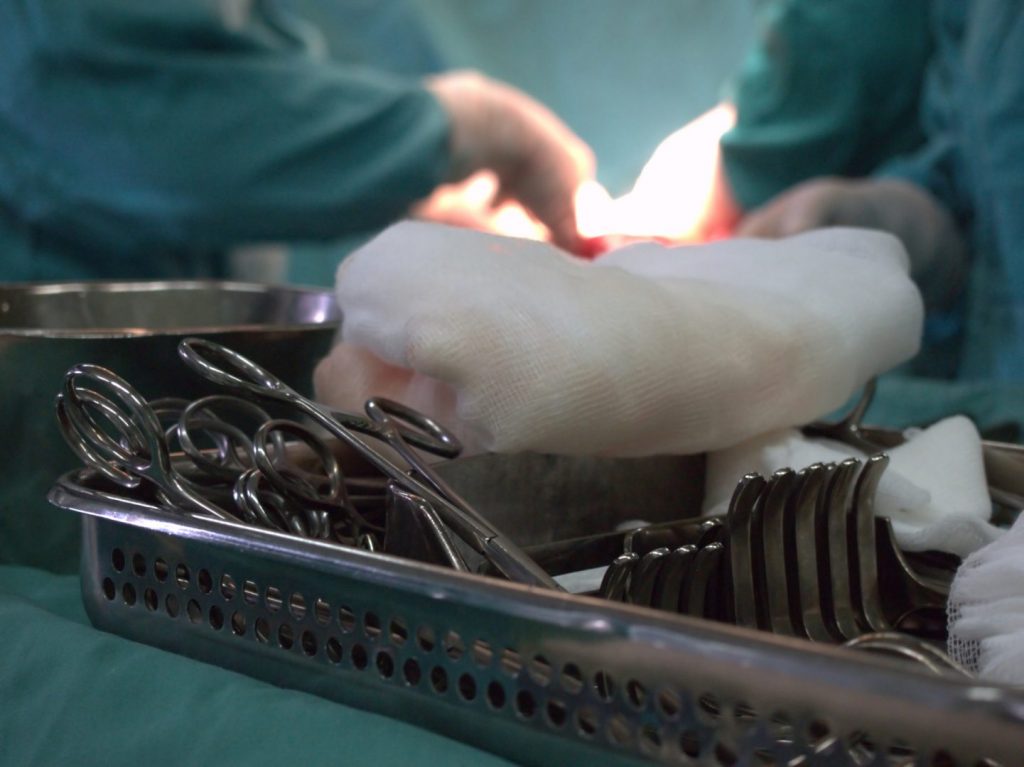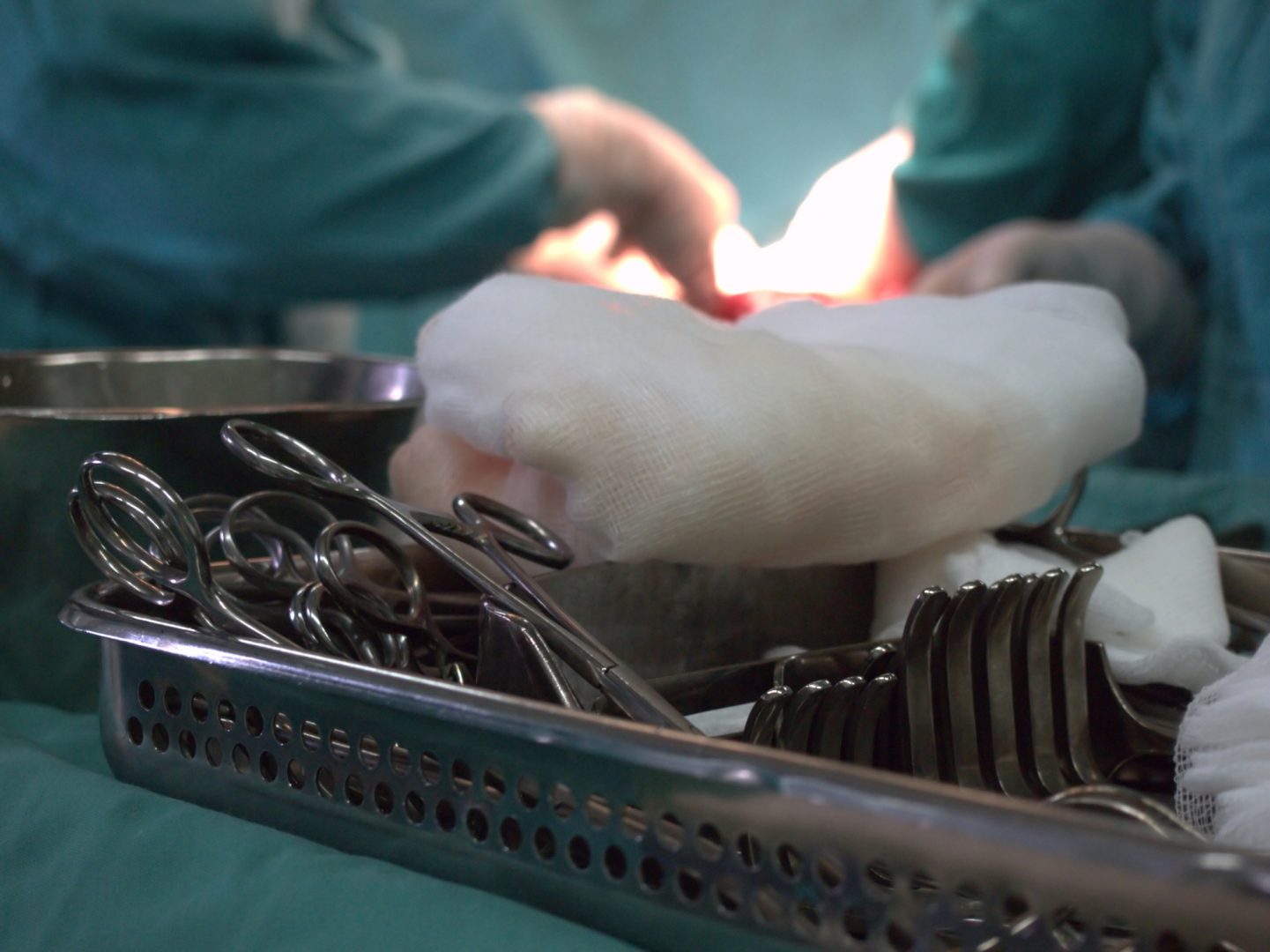Background
In November 2018, our client’s father consulted with his GP due to unexplained weight loss. He underwent a CT scan and it was discovered that he had a lung tumour. However, the CT scan report did not detail the extent of the tumour in the lung. He was subsequently referred to a cardiothoracic surgeon for consideration of surgery. During consultation with the cardiothoracic surgeon, our client’s father was advised to undergo a right upper lobectomy, to remove the tumour.
On 8 March 2019, our client’s father was admitted to hospital to undergo surgery. It was noted on the operation report that the tumour was seen by the surgeon to be involved in three lobes of the lung. The position of the tumour meant that the pulmonary artery had to be retracted from the tumour, in order to remove it. Difficulty arose as one of the pulmonary artery branches was so closely related to the tumour that there was no room for a vascular stapler, and a decision was made to ligate with ties.
Unfortunately, whilst our client’s father was in recovery, he suffered a massive hemorrhage. He was transferred back to theatre, where he sadly died on the operating table.
Legal Case
We acted for the daughter of the deceased in relation to a claim for loss of domestic dependency under the Compensation to Relatives Act and a psychological injury as a result of the shock she experienced, as a result of her father’s death and the poor medical treatment by the surgeon and hospital.
It was alleged that the cardio-thoracic surgeon breached its duty of care to our client’s father by:
- Failing to properly assess out client’s father including reviewing the actual film of the CT scan;
- Failing to provide appropriate advice to our client’s father about the most appropriate choice of procedure in the circumstances;
- Failing to advise our client’s father of non-surgical options, should surgery be contraindicated in the circumstances;
- Failing to perform a pneumonectomy (removal of one entire lung), rather than a right upper lobectomy and wedge resection (removal of a portion of the lung).
Expert evidence
We obtained evidence from an expert cardiothoracic surgeon that the actual imaging from the November 2018 CT scan, showed that the tumour was in three lobes of the lung, and that the best procedure to surgically remove the whole tumour would have been a right pneumonectomy.
Our expert also confirmed that, even if the involvement of three lobes was not seen on the CT imaging, once the involvement was identified during the procedure, the surgery should have and could have been converted to a pneumonectomy.
As noted above, one of the pulmonary artery vessels was so closely related to the tumour that there was no room for a vascular stapler, and a decision was made to ligate with ties. Our expert opined that the pulmonary artery and branches are relatively fragile vessels which can be easily damaged by handling during dissection. A traction injury may have been caused during the handling of the pulmonary artery or alternatively, coughing or gagging in recovery may have caused the vessel to rupture, resulting in the massive hemorrhage.
In any event, both our expert and the defendants’ expert cardiothoracic surgeon agreed that, had a pneumonectomy been performed, our client’s father would not have bled from the artery that caused his death.
Outcome
We recently resolved the case on behalf of our client at mediation, without the need to proceed to a hearing, and successfully obtained compensation for our client.
If you think you have suffered a psychiatric injury as a result of the death of a loved one which may have been avoidable, please contact us on (02) 4050 0330 to arrange an obligation-free appointment with one of our expert medical negligence solicitors or book online.







 Lawyer
Lawyer Lawyer
Lawyer